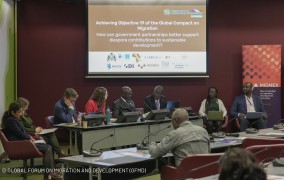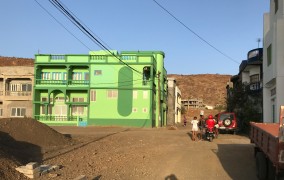News
MIGNEX data collection is on a roll
After Covid-19 delayed much of the MIGNEX data collection, it is picking up speed. The survey is now being delivered in four MIGNEX countries, while qualitative data collection has started in five countries countries.
Data collection is complete in three research areas. In another twelve areas, data collection has begun but is not yet complete. These include areas where the survey has been conducted but the qualitative data collection has not begun, or vice versa.
The map below illustrates progress with qualitative and survey data collection in each research area.
Nigeria and Turkey are the only MIGNEX countries in which there has not yet been any data collection. However, preparations are well under way in both countries, and data collection will begin later this summer.
We expect the collection of primary data to be completed by October, ten months later than scheduled before the pandemic.
Cross-lingual multitasking
After six months of waiting, four country teams were ready to deliver the survey within days and weeks of each other. The Tunisia survey is now almost complete, with the Guinea and Somalia survey under way and the Afghanistan team starting too.
While we had clear processes laid out in our handbook chapter and excellent country teams and survey sub-contractors, our multitasking skills were put to a challenge. The preparations involved programming the MIGNEX survey in nine different languages and dialects as well as in four different scripts, conducting sampling verification exercises within all research areas, and preparing multi-lingual training materials. The data that is coming in is looking good, and MIGNEX team members are itching to start analysing it.
Gaining qualitative insight
Adapting to the local impact of the pandemic, qualitative data collection started up earlier this year, first in Tunisia and subsequently in Somalia. In our two research areas in each country, MIGNEX research teams conducted focus groups, key informant interviews and observations.
For each new research area, we face questions about how we understand mobility dynamics. What might strong and weak migration ties look like? This offers rich opportunities for reflection and interesting avenues for comparison of interactions between migration and development.
Qualitative data collection is now complete in Cabo Verde, Tunisia and Somalia. This June and July MIGNEX qualitative research is starting and ongoing in Afghanistan, Ethiopia, Ghana, as well as in Pakistan and Turkey.





